Coramar Spain
Coramar is a trusted name in the plastic companies, offering high-quality, sustainable plastic solutions for various sectors.
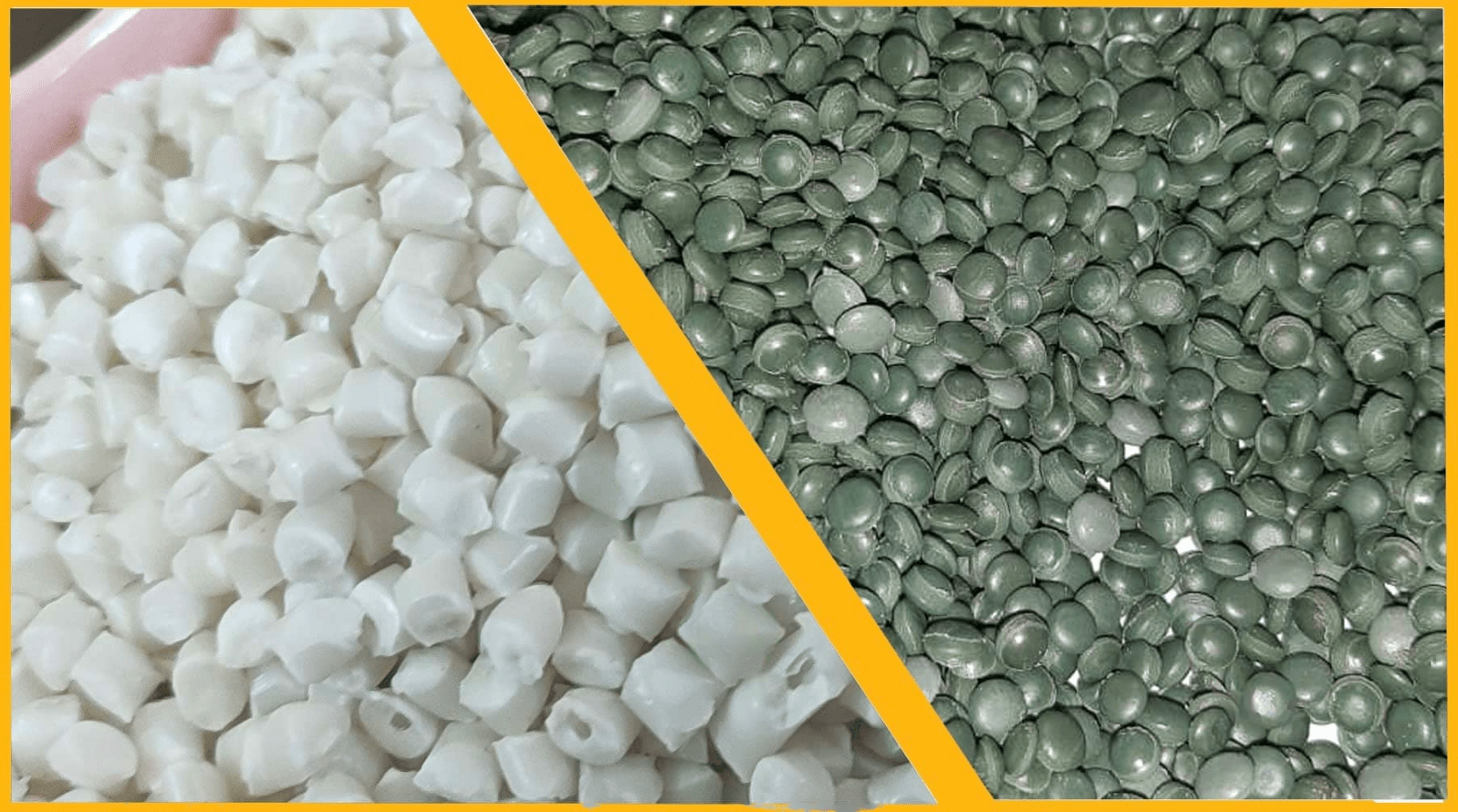
Plastic Raw Material
Plastic raw material has become a ubiquitous part of our daily lives. From the packaging of our food to the keyboard we use to type on our computer, plastic is everywhere. But have you ever wondered what plastic is made of? How is plastic made? What are the different types of plastic, and how are they used? In this post, we will explore the different types of plastic raw materials, their properties, and their uses. We will also discuss the environmental impact of plastic and how to recycle it. So, whether you are interested in the science of plastic or just want to be more informed about the products you use every day, read on to demystify plastic raw materials.
What are plastic raw materials
Plastic raw materials are the essential ingredients that form the foundation of the vast array of plastic products we encounter daily. These materials are like the building blocks, combined and processed to create the diverse range of plastics we use in various applications. These materials can be either natural or synthetic and undergo various processes to transform them into the final plastic products we use in our daily lives.
Plastic raw materials are the chemical compounds that form long chains known as polymers, constructed from smaller pieces called monomers. These polymers, also called thermoplastics, are used in various applications like cars, toothbrushes, and refrigerators. Plastic raw materials can be modified in different ways, such as dyeing with pigments, reinforcing with glass fiber, or adding plasticizers to alter their properties. Different types of plastic raw materials serve various purposes.
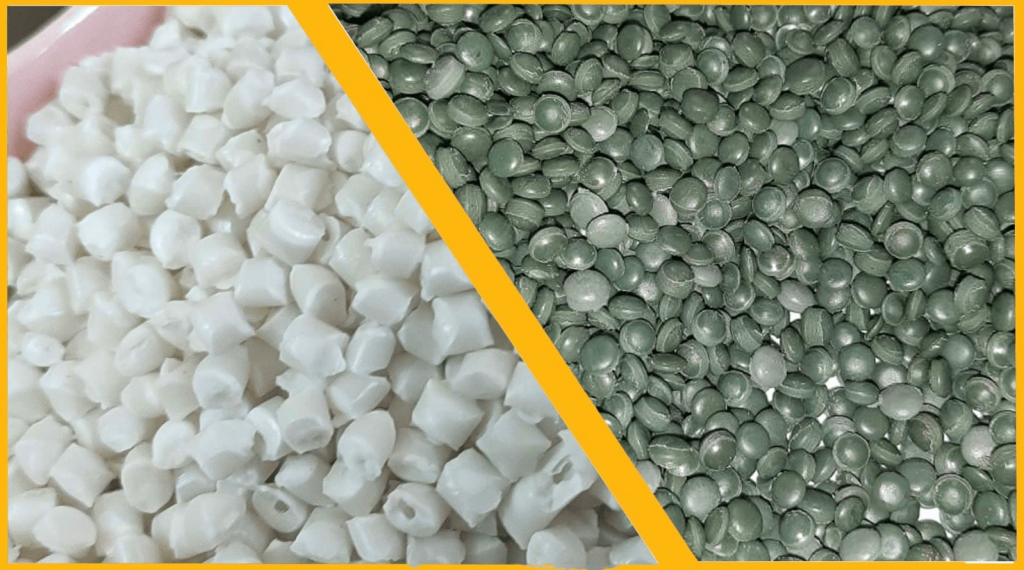
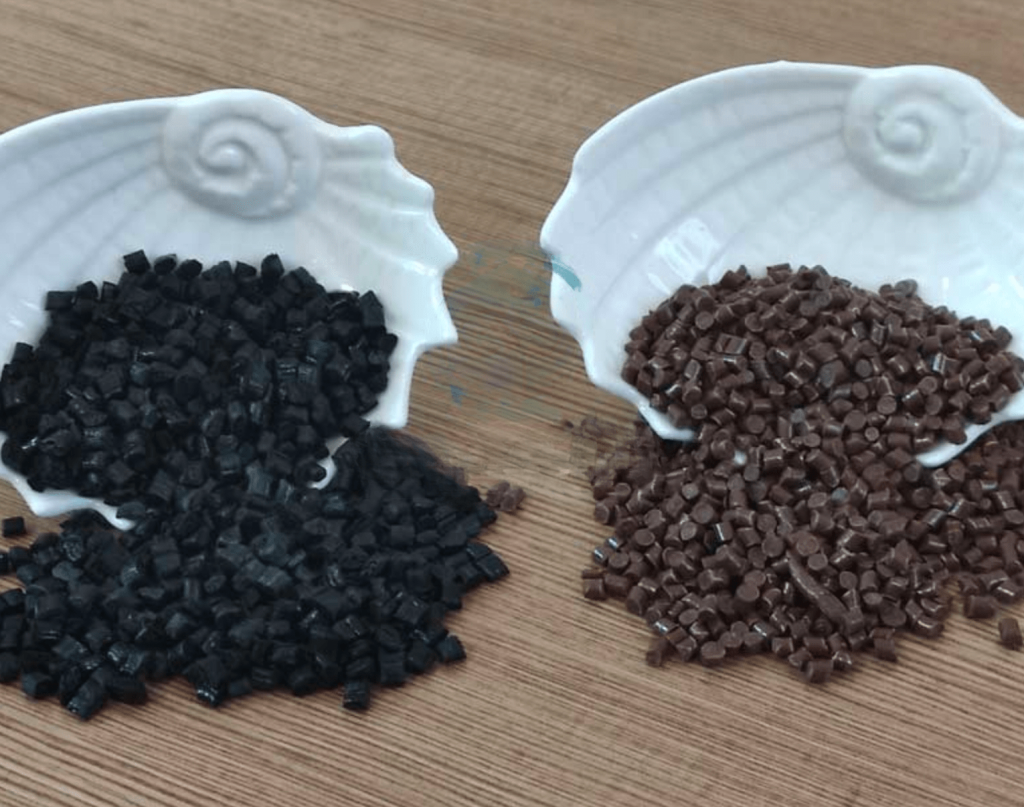
what are the raw materials used in the polymer industry?
Plastic raw material is an integral part of our daily lives, from the disposable cups we use for our morning coffee to the parts in our smartphones. But have you ever wondered what raw materials are used in the plastic industry to create these products? The manufacturing of plastic is a complex process that involves a variety of different materials. Understanding these materials is crucial in creating high-quality products and maintaining a sustainable environment. The polymer industry relies on several key raw materials to manufacture a wide variety of plastic products. These materials can be broadly categorized into two main groups:
1 Monomers:
Ethylene: This is the most important monomer used in the polymer industry. It is used to produce polyethylene (PE), the most widely used plastic globally. Ethylene is typically derived from natural gas or crude oil through a process known as cracking.
Propylene: This monomer is primarily used to produce polypropylene (PP), another major plastic with diverse applications. Propylene is also obtained from natural gas or crude oil cracking processes.
Vinyl chloride: This monomer forms the basis of polyvinyl chloride (PVC), a versatile plastic commonly used in pipes, construction materials, and medical devices. Vinyl chloride is produced from ethylene and chlorine.
Styrene: Used to produce polystyrene (PS), a lightweight and inexpensive plastic often seen in food packaging, cups, and plates. Styrene is typically derived from petroleum or coal.
Terephthalic acid (PTA) and ethylene glycol (EG): These two monomers combine to form polyethylene terephthalate (PET), a strong and clear plastic widely used in bottles, jars, and trays. PTA is derived from paraxylene, while EG is obtained from natural gas or crude oil.
2 Additives:
Plasticizers: These additives increase the flexibility and workability of polymers. Common examples include phthalates, adipates, and trimellates.
Stabilizers: These additives protect polymers from degradation caused by heat, light, and oxygen. Common stabilizers include antioxidants, UV absorbers, and light stabilizers.
Fillers: These additives are added to polymers to increase their strength, and stiffness, and reduce costs. Examples include calcium carbonate, talc, and glass fibers.
Colorants: These additives add color to polymers. They can be classified as pigments (insoluble) or dyes (soluble).
Lubricants: These additives reduce friction during processing and improve the flow of polymer melts. Examples include fatty acids and esters.
The specific type and amount of raw materials used in the polymer industry depends on the desired properties of the final product. Manufacturers carefully select and combine different monomers and additives to achieve the desired physical and chemical properties for their specific applications.
Common uses and applications of plastic material
Plastic raw materials come in various types, each with its own unique properties and characteristics. Understanding the common uses and applications of each type can help demystify these materials and guide you in choosing the right one for your specific needs.
1. Polyethylene granules (PE):
PE is a versatile plastic that is widely used in packaging materials, such as plastic bags and films, as well as in containers, pipes, and even toys. It is known for its excellent chemical resistance, durability, and flexibility, making it suitable for a wide range of applications.
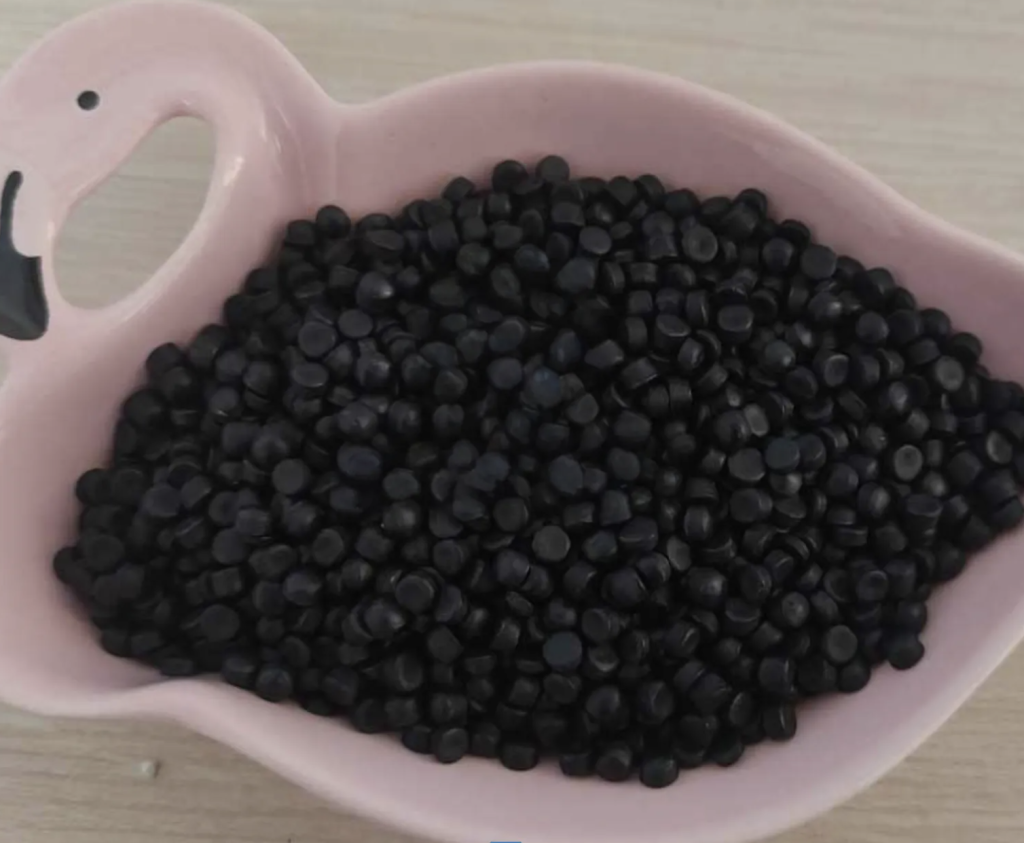
2. Polypropylene granules(PP):
PP is another popular plastic that finds its uses in packaging, automotive parts, household appliances, and various consumer goods. Its high melting point, strength, and resistance to moisture and chemicals make it ideal for applications requiring durability and stability.
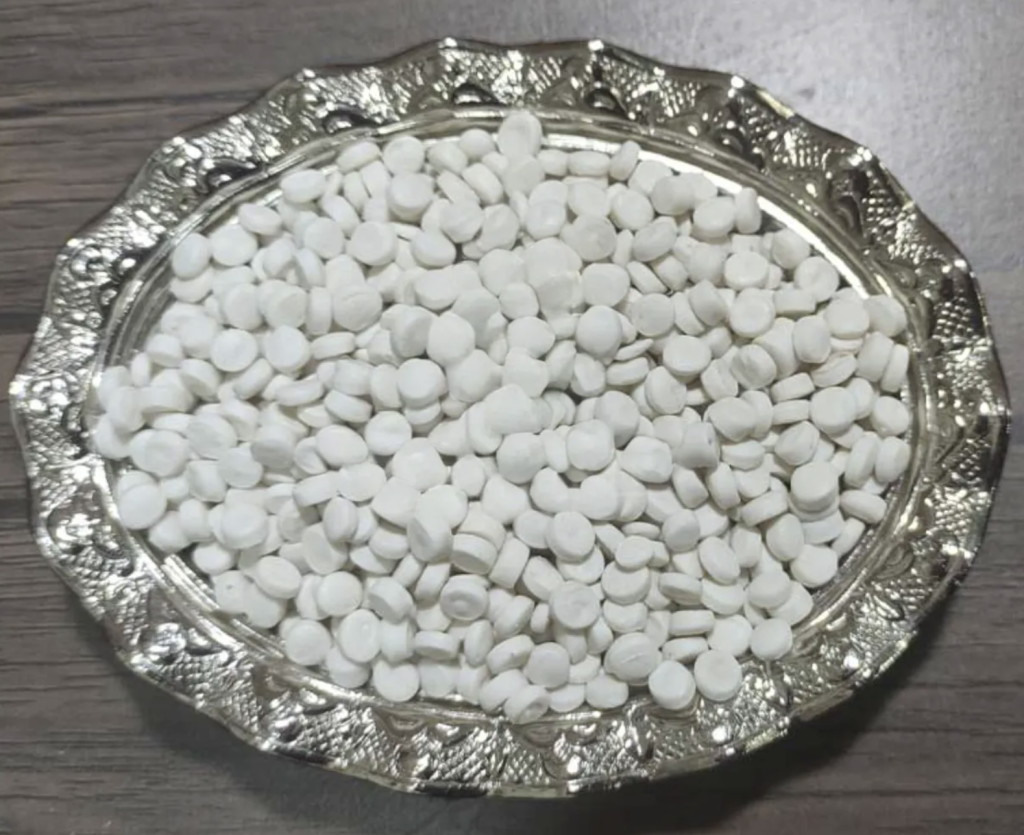
3. Polyvinyl Chloride (PVC):
PVC is a widely used plastic known for its versatility and durability. It is commonly used in construction materials like pipes, window frames, and vinyl flooring. It is also found in electrical cables, medical devices, and various consumer products. PVC can be rigid or flexible, depending on the additives used during its production.
4. Polystyrene granules (PS):
PS is a lightweight and rigid plastic that is commonly used in packaging materials, disposable utensils, insulation, and even toys. Expanded polystyrene (EPS) is widely used as packaging material for protecting fragile items during transportation.
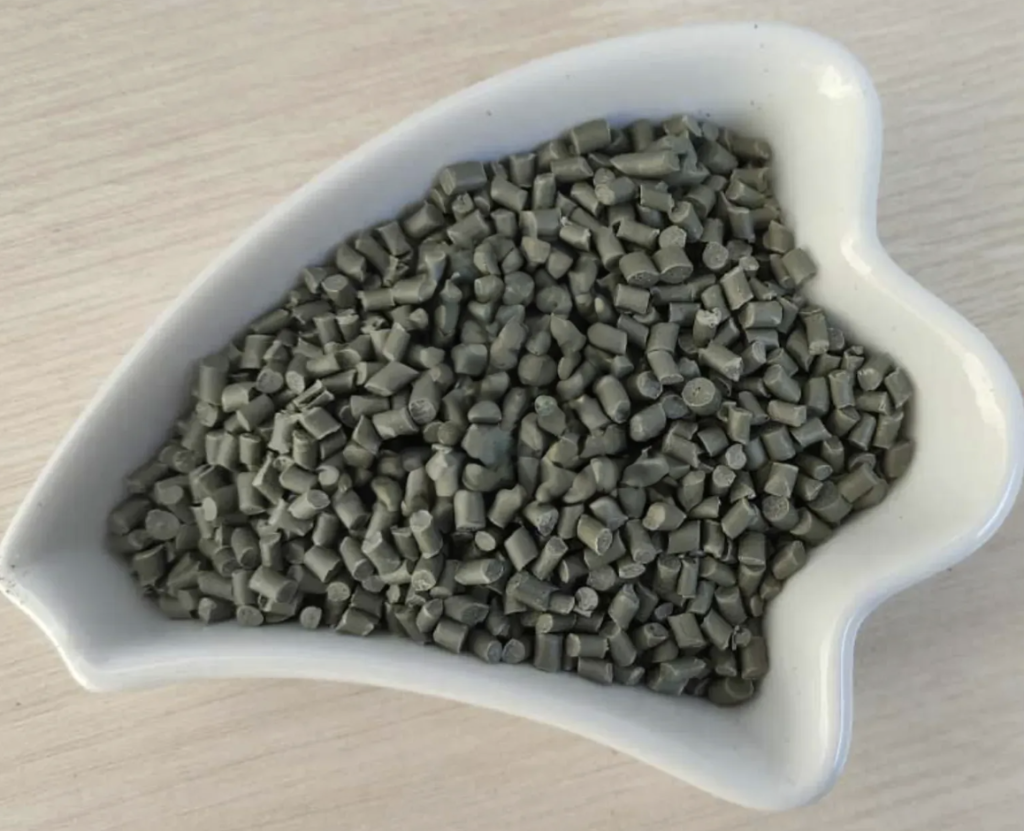
5. Polyethylene Terephthalate (PET):
PET is a transparent and lightweight plastic that is commonly used for beverage bottles, food packaging, and even clothing fibers. Its excellent barrier properties, recyclability, and resistance to impact make it a popular choice in the packaging industry.
6. Acrylonitrile Butadiene Styrene (ABS):
ABS is a tough and impact-resistant plastic commonly used in the automotive industry for interior and exterior parts, as well as in consumer electronics, toys, and sporting goods. Its ability to be molded into complex shapes and its excellent mechanical properties make it a versatile choice.
By understanding the common uses and applications of each type of plastic, you can make informed decisions when selecting the right material for your specific project or product. Remember to consider factors such as strength, flexibility, chemical resistance, and recyclability to ensure the best fit for your needs.
Comparing Common Raw Plastic Material Types
Plastics are ubiquitous materials used in countless applications, and their properties vary depending on the raw materials used in their production. Here’s a comparison of common raw plastic material types:
Choosing the right raw material for a specific application requires careful consideration of the desired properties:
Strength: For applications requiring high strength, PP or PVC may be suitable options.
Flexibility: PE is known for its flexibility, making it ideal for packaging and film applications.
Heat resistance: PP and PET have good heat resistance, making them suitable for applications involving hot liquids or environments.
Chemical resistance: PE and PP offer good chemical resistance, making them ideal for storing chemicals or corrosive substances.
Clarity: PET is highly transparent, making it ideal for bottles and other packaging requiring clear visibility of the contents.
Lightweight: PS is a lightweight and inexpensive option, making it suitable for disposable items and insulation.
Additionally, environmental considerations are becoming increasingly important. Bio-based materials and recyclable plastics are gaining traction as sustainable alternatives to traditional plastic materials.
It’s important to note that this comparison is a general overview, and specific types within each category may have slightly different properties. Always consult with a materials expert to determine the best raw plastic material for your specific application.
Factors to consider when choosing the right plastic for your project
Choosing the right plastic for your project is crucial to its success. With a wide variety of plastic raw materials available, it can be overwhelming to determine which one is best suited for your specific needs. However, by considering a few key factors, you can make an informed decision and ensure that your project is a resounding success.
Firstly, it is important to assess the physical properties required for your project. Consider factors such as strength, flexibility, and durability. Different plastics have varying levels of these properties, so understanding your project’s specific requirements will help narrow down your options.
Secondly, consider the environmental factors that your project will be exposed to. Will it be exposed to extreme temperatures? Will it be in contact with chemicals or moisture? Understanding the environmental conditions your project will face will help determine which plastic material is best suited for longevity and performance.
Another crucial factor to consider is cost. Different plastic raw materials vary in price, so it’s important to find a balance between your budget and the desired properties for your project. Some plastics may be more affordable but may not offer the required strength or durability, while others may be more expensive but provide superior performance.
Additionally, it is essential to consider the processing requirements of the plastic material. Some plastics are easier to mold and shape, while others may require more specialized machinery or processes. Understanding the processing capabilities and limitations of your project will help you choose a plastic material that can be efficiently manufactured.
Lastly, consider any regulatory or safety requirements that may apply to your project. Certain industries or applications may have specific regulations regarding the use of certain plastic materials. Ensure that you are familiar with any applicable standards or guidelines to ensure compliance and safety.
By considering these factors – physical properties, environmental conditions, cost, processing requirements, and regulatory considerations – you can confidently choose the right plastic material for your project. This will ensure optimal performance, longevity, and ultimately, the success of your endeavor.